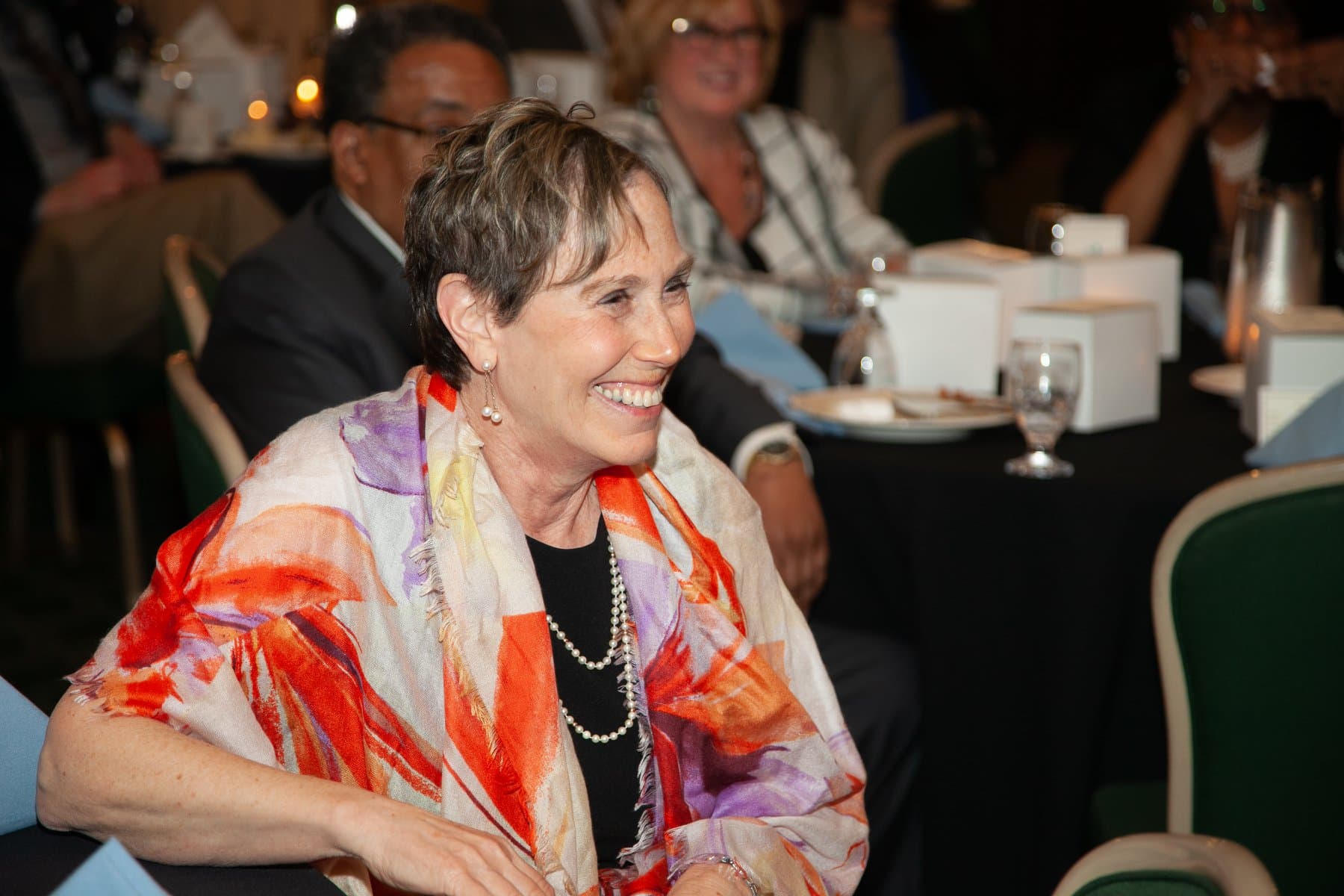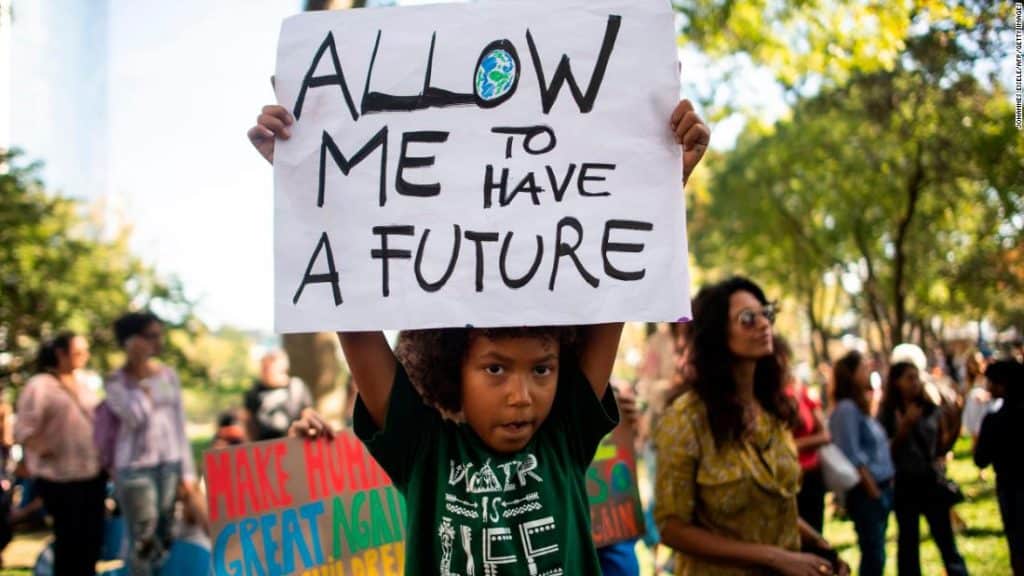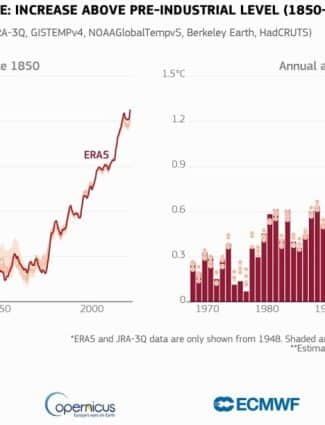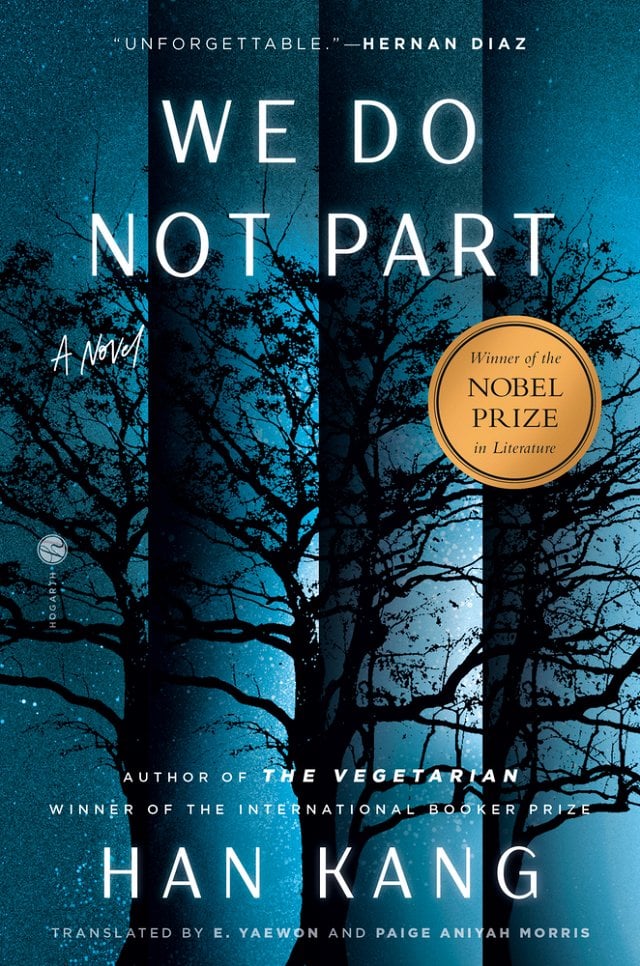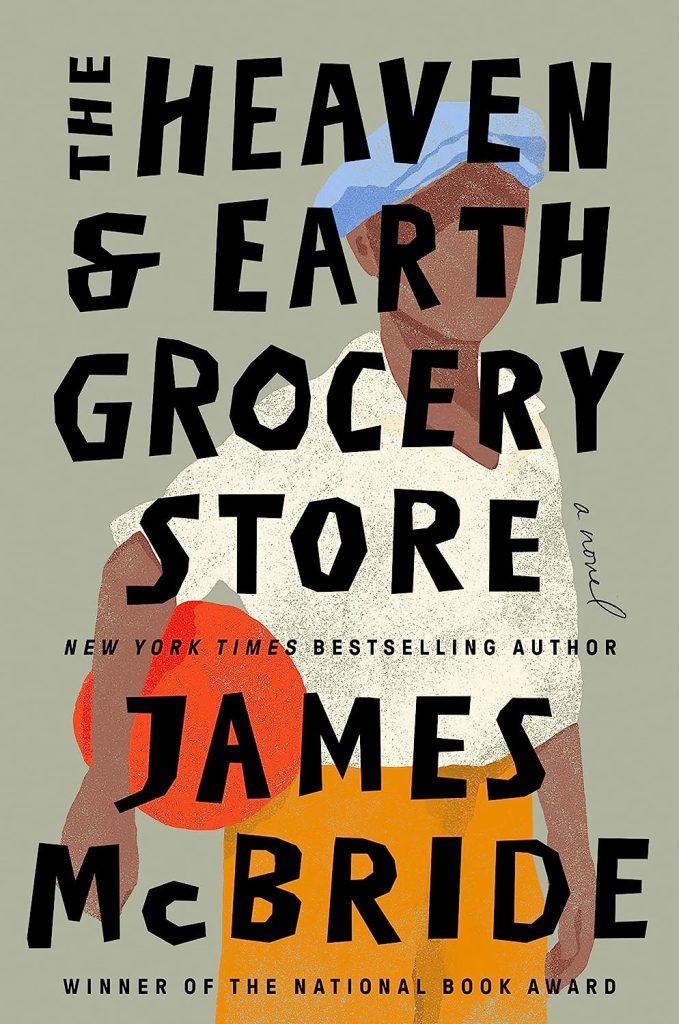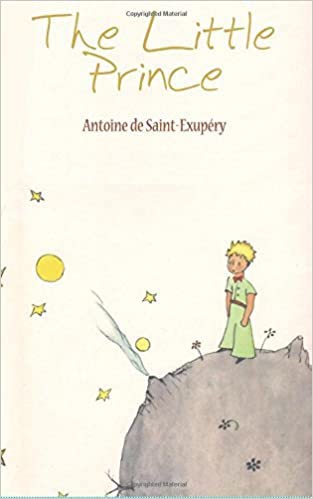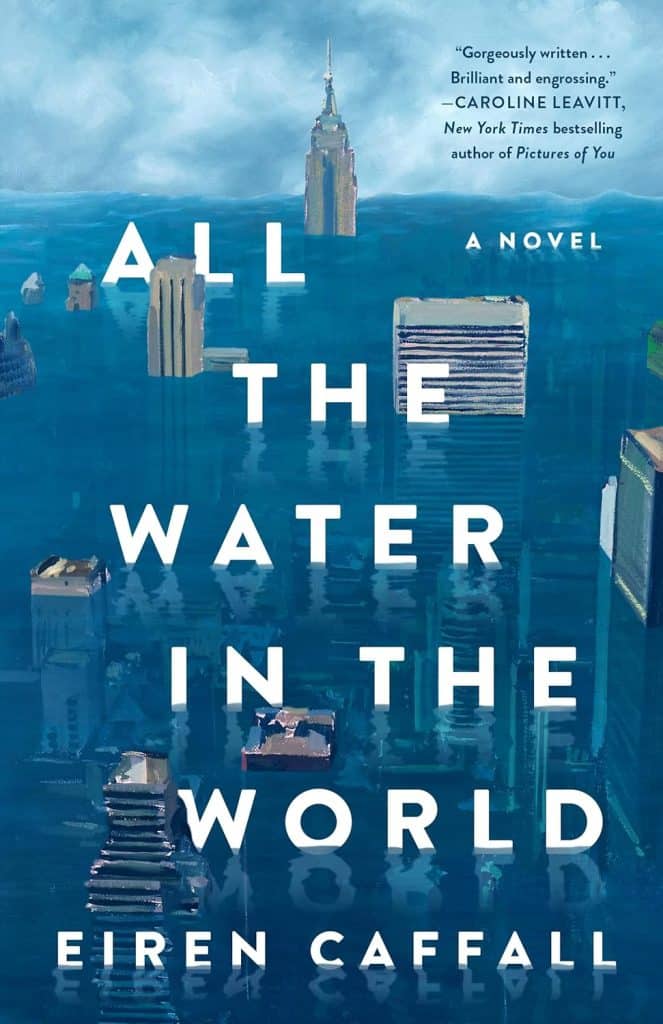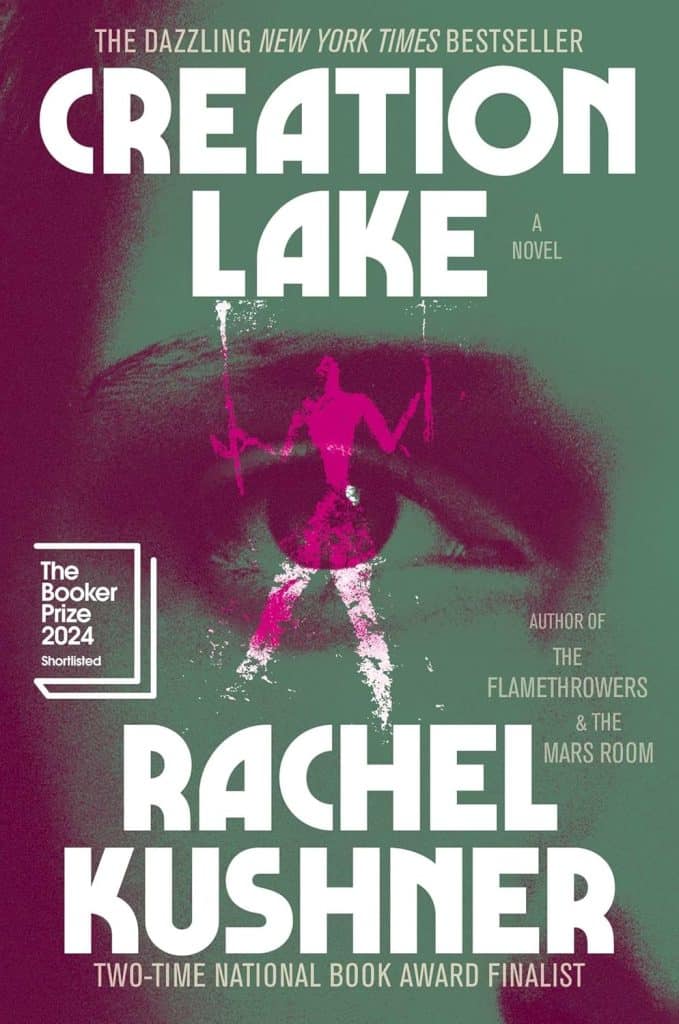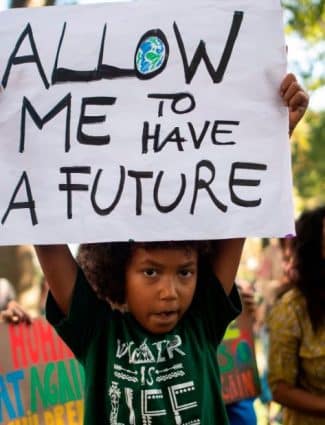
Warmest January Follows Hottest Year!
Time to Act is Now or Never!
Estimated reading time: 0 minutes, 38 secondsOn my walk today, I pushed myself to my limits, knowing temperatures would increase over the next few days. On my walk, I wanted to find Peter to discuss breaking news that, according to The Guardian, “the hottest year in the history has been followed by the warmest-ever January. Many regions in the northern hemisphere are sweltering in heatwaves that would be more normal in June. Marine scientists are shocked by the prolonged and intense heat at the surface of the oceans.”
The Smithsonian Magazine reported on “An analysis of six sea sponges—centuries-old creatures with an internal chemistry that holds secrets about climate history—points to global temperatures already having increased by 1.7 degrees Celsius due to human activity, compared to the 1.07 degrees Celsius increase scientists currently agree upon.”
